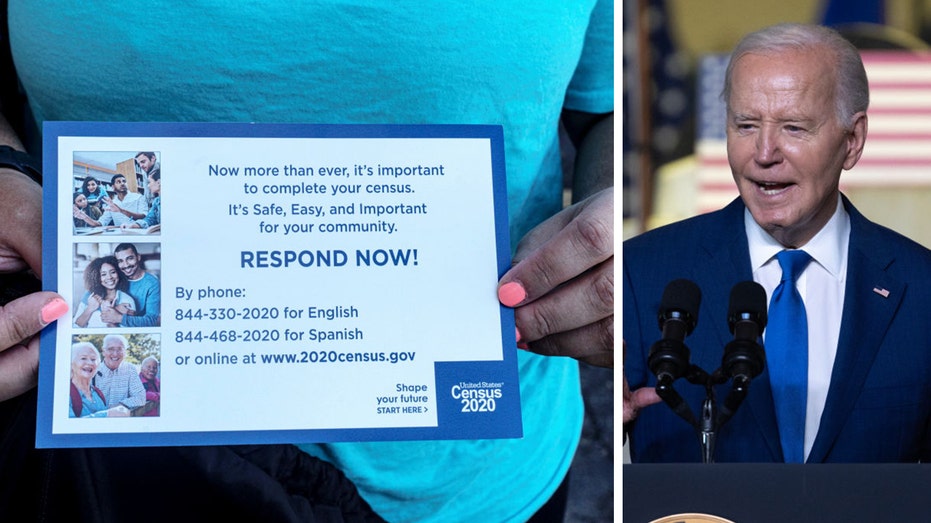Are you a HENRY? The rise of six-figure earners who don't feel rich
Reaching a six-figure salary is a common goal for ambitious professionals, and has long been a signal of financial stability. And many have reached this impressive milestone. According to the latest Household Pulse Survey of 89,842,875 people, some 28m of households (14 percent of respondents) bring in $100K or more, with 6m (or 7 percent)...

Reaching a six-figure salary is a common goal for ambitious professionals, and has long been a signal of financial stability.
And many have reached this impressive milestone. According to the latest Household Pulse Survey of 89,842,875 people, some 28m of households (14 percent of respondents) bring in $100K or more, with 6m (or 7 percent) taking home over $150K, and 9m (or 10 percent) reporting $200K and above.
That’s almost a third of all households (31 percent) bringing in six figures or more.
5 great jobs hiring this week
- Policy Advisor, Arnold & Porter, Washington D.C.
- Program Management and Budget Advisor- Program Analyst II, Cherokee Nation Businesses LLC, Washington
- Government Contracting Industry Director, RSM US LLP, Washington D.C.
- Private Client Financial Advisor - Philadelphia, PA, Citizens, Philadelphia
- Seasonal Business Tax Expert, Intuit, Merrimack
However, many who reach this figure are quick to discover that life’s expenses often mean that Americans at this income level don’t feel rich, despite being high earners on paper.
Meet the HENRYs: high-earners, not rich yet.
For many HENRYs saving for a down payment on a home feels impossible, while others don’t feel like there’s much leeway or surplus in a given month. There are many reasons for this; let’s take a closer look.
Student loans
Commonly, mid-career professionals have racked up student debt with the goal of landing into a well-paid career, and this works, to an extent.
Though HENRYs may have gotten a foothold and climbed the corporate ladder, paying back student debt takes a long time.
Everyone remembers Obama telling a North Carolina crowd in 2012 that he and Michelle had only paid off their loans a few years prior –– when he was 43.
"Check this out, all right. I'm the president of the United States. We only finished paying off our student loans off about eight years ago,” he said.
“That wasn't that long ago. And that wasn't easy –– especially because when we had Malia and Sasha, we're supposed to be saving up for their college educations, and we're still paying off our college educations.”
It was also telling that in the Biden-Harris administration’s Student Debt Relief Plan, individuals earning $125,000 or households with an income of $250,000 were eligible for targeted debt relief, of up to $20,000 for Pell Grant recipients and up to $10,000 for non-Pell Grant recipients.
This shows that despite enviable earnings, it is still deemed necessary to support individuals and families at this income level.
Childcare costs
The next big drain on HENRYs’ income is childcare costs, and unfortunately, things are getting worse.
New analysis from the U.S. Department of Labor, published in September of this year, confirms that childcare is getting more expensive year-over-year.
The analysis looks at the Women’s Bureau’s National Database of Childcare Prices (NDCP), and shows that between 2013 and 2018, across 37 states, prices rose in the majority of counties.
“Monthly childcare prices in 2018, adjusted to 2024 dollars, ranged from about $5,940 per school-age child in a home-based setting (8 percent of median family income) to $19,040 for infants in a center (19.3 percent of a family’s median income).”
The researchers also drilled it down into the changes in the type of care (i.e. center-based or home-based care), and examined the difference in price increases in counties with large Hispanic populations.
It found that 76 percent of counties experienced price increases in center-based toddler care, which in 2018 cost $7,454 on average per child ($9,206 in 2024 dollars), while on average, home-based care was $5,253 per child in 2018 ($6,488 in 2024 dollars).
Counties with higher Hispanic populations saw the most consistent childcare price increases, with over 80 percent experiencing annual hikes. In contrast, counties with larger Black populations were less likely to see such increases, though 59 percent still did.
Overall, though it stipulates that childcare costs vary hugely, it sometimes costs one-fifth of a family’s annual income for just one child, which is more than the cost of rent in the 100 largest U.S. metro areas.
Adding a second or third child to the family often means that one parent stays home to care for the children, meaning that six-figure income is now to support two adults and two or more kids.
House prices
You knew it was coming. The median price of a home was $220,900 in 2009, according to the Federal Reserve, though admittedly this was following the 2008 financial crisis, when they lowered interest rates, and the market also flooded with foreclosures and short sales, selling at lower prices.
However, if prices continued at the rate of the consumer-price index, the average house would cost $322,000 today, not the $412,000 that it actually does.
Lifestyle creep
While on a lower-income, you’ve no choice but to make almost every discretionary purchase a strategic one.
You’ll spend time examining face serum ingredients to find similar concentrations in budget buys. You’ll collect airline loyalty points, and book any flights with these in mind. Your local no-frills gym is your regular haunt, you bring your lunch to work, and meal prep. You find a cheap-but-good-enough wine you’re happy with.
Then as your income grows, little upgrades begin to appear, especially if you’re working long hours. And then, convenience is king.
You buy the talked-about $100 serum, go on more trips, you fork out for the $25-a-pop fitness class with the fresh towels and minimalist diffuser gently scenting the air with ylang-ylang. You start to rely on takeout and meal delivery services more. You go to a more curated wine shop and try new, more expensive bottles, perhaps ones you’ve tried in restaurants. Social media is awash with advice on how to avoid and stop lifestyle creep. From automating savings, tracking spending and budgeting, delaying upgrading, unfollowing social accounts that cause you to compare, and even – gasp – going back to complete basics, before layering in lifestyle spends you really value, you won’t be short on advice if you’ve found yourself in this trap.
Whether you’ve fallen for lifestyle creep or not, If you’re a HENRY, it could be time to start thinking about maximizing your income. Seeking a higher-paying job is the obvious way to directly increase your earnings, and The Hill’s job board has plenty of interesting jobs you can apply to.
However, should you land a better-paid gig, siphon off as much of the difference in income as you can, to give you a better chance of securing a financially-stable future.



